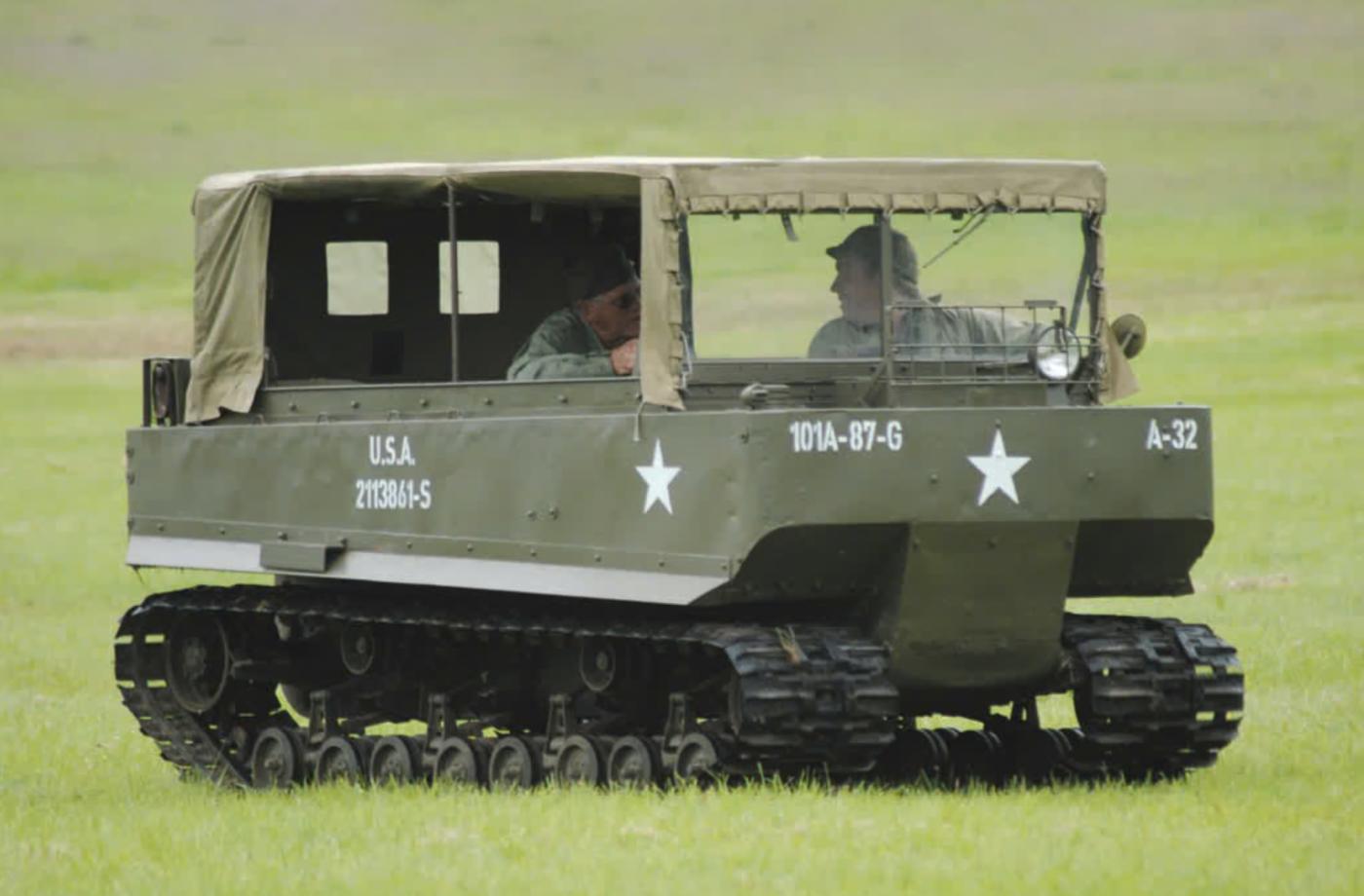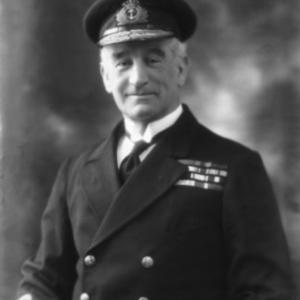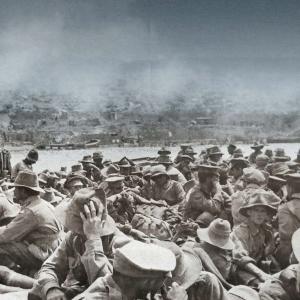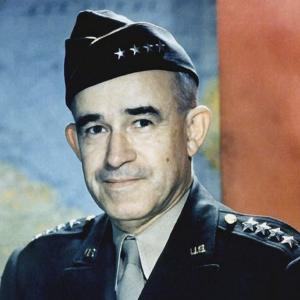
M29 Weasel
The M29 Weasel was a small, tracked vehicle developed during the Second World War to tackle the challenges of moving men and supplies across snow, mud, and other difficult terrain. It was conceived by British-born American inventor Geoffrey Pyke, who originally proposed the idea for a light, fast, and highly mobile snow vehicle as part of a plan known as Project Plough. This plan envisioned elite Allied troops operating in snowy regions of Europe, particularly Norway, where they would disrupt German operations behind enemy lines. Although the original plan never came to fruition, the vehicle that emerged from it became one of the most versatile and enduring machines of the war.
The vehicle was designed by the Studebaker Corporation in the United States, which was also responsible for its manufacture. Production began in 1943, and by the end of the war approximately 15,000 units had been built. Early models were known as the T15 and were intended for snow operations, but later variants such as the M29 and M29C were adapted for all-terrain use, including amphibious operations. The M29C, in particular, was fitted with flotation tanks and a rudimentary propeller system, allowing it to cross shallow water and swampy areas.
Power came from a Studebaker 170 cubic inch, six-cylinder, 70-horsepower engine, the same type used in the Studebaker Champion car. This engine was mounted at the front and drove the tracks through a conventional gearbox and transfer case. The design gave it excellent traction and mobility, allowing it to travel over ground that would stop ordinary vehicles. It could reach speeds of around 35 miles per hour on roads and move effectively over snow, sand, or mud. Its light weight and low ground pressure made it particularly useful in conditions where heavier vehicles would bog down.
The main role of the machine was to transport troops, ammunition, and supplies across terrain inaccessible to wheeled vehicles. It could carry about half a ton of cargo or four fully equipped soldiers. It was also widely used for towing small artillery pieces, such as the 37mm anti-tank gun or 75mm pack howitzer, and for pulling trailers loaded with supplies or equipment. Its versatility saw it employed in a variety of roles including reconnaissance, casualty evacuation, communication cable laying, and even as a platform for mounting light weapons like machine guns or mortars.
In combat, it proved to be a reliable and effective vehicle. It served in a wide range of environments, from the snowy fields of Europe to the muddy jungles of the Pacific. It was particularly valuable during the Battle of the Bulge, where its ability to move through deep snow was crucial for delivering supplies and evacuating wounded soldiers. In the Pacific theater, its amphibious version helped in moving across beaches and swampy ground. Soldiers appreciated its ruggedness and ability to go almost anywhere, though its open design offered little protection from enemy fire or harsh weather.
After the war, the Weasel continued in military service for several years. Many armies, including those of the United States, Canada, France, and Norway, used it well into the 1950s. Some were modified for use as snow rescue vehicles and others served with mountain and Arctic units. In civilian life, surplus examples found a second career in logging, exploration, and rescue work, especially in remote or snowy regions.










